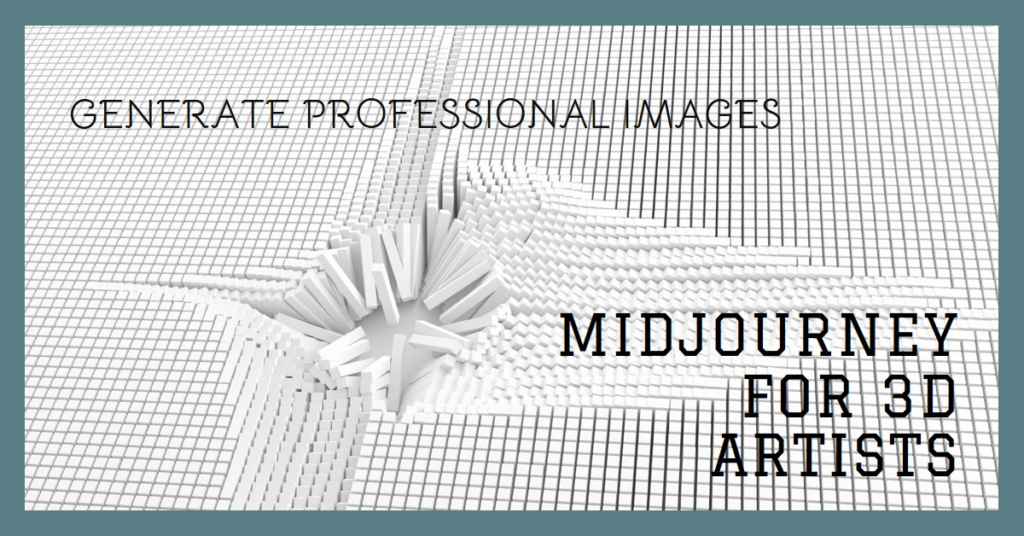
Table of Contents
1. Introduction: The Power of Narrative in 3D Artist
In the realm of 3D artistry, storytelling plays a pivotal role in captivating audiences and conveying meaning and emotion through visual imagery. From cinematic sequences and still renders to immersive environments and character studies, 3D artists have the ability to develop rich narratives that engage viewers on an emotional and intellectual level. In this guide, we’ll explore the techniques and strategies that 3D artists use to develop stories through their renders, from conceptualization and composition to character development and visual storytelling.
2. Conceptualization: Building the Foundation of the Story
Every compelling narrative begins with a strong concept that serves as the foundation of the story. For 3D artists, this often involves brainstorming ideas, sketching out rough concepts, and developing a cohesive vision for the render. Whether inspired by personal experiences, literary themes, or social commentary, the initial concept sets the tone and direction for the story, guiding the artist’s creative decisions throughout the rendering process. By establishing a clear concept upfront, 3D artists can ensure that their renders resonate with viewers and communicate the intended message or emotion effectively.
3. Composition and Framing: Creating Visual Dynamics
In 3D rendering, composition and framing are essential elements in conveying the narrative and guiding the viewer’s eye through the scene. 3D artists carefully consider the placement of objects, characters, and camera angles to create visually dynamic compositions that draw viewers into the story. Whether using the rule of thirds, leading lines, or symmetry, composition techniques help establish hierarchy, balance, and visual interest in the render. By experimenting with different compositions and camera angles, 3D artists can evoke specific emotions and perspectives, enhancing the overall storytelling experience for viewers.
4. Character Development: Bringing Stories to Life
In many 3D renders, characters play a central role in conveying the narrative and engaging viewers on an emotional level. Whether human, animal, or fantastical creature, characters bring stories to life through their expressions, actions, and interactions with the environment. 3D artists invest time and effort into developing well-rounded characters with distinct personalities, motivations, and backstories, adding depth and complexity to the narrative. By focusing on character development, 3D artists create renders that resonate with viewers, sparking empathy, curiosity, and emotional connection.
5. Mood and Atmosphere: Setting the Tone
The mood and atmosphere of a render are powerful storytelling tools that can evoke a wide range of emotions and perceptions in viewers. Through lighting, color, and environmental elements, 3D artists can create immersive worlds that transport viewers to different times, places, and moods. Whether portraying a serene landscape bathed in golden sunlight or a dark and foreboding dungeon shrouded in mist, mood and atmosphere set the tone for the story and evoke specific emotional responses in viewers. By manipulating mood and atmosphere, 3D artists can heighten the impact of their renders and imbue them with a sense of depth, realism, and narrative resonance.
6. Narrative Arc: Structuring the Story
Just like in traditional storytelling, 3D renders often follow a narrative arc that includes exposition, rising action, climax, and resolution. Through careful pacing, pacing, and sequencing of events, 3D artists create renders that engage viewers and keep them invested in the story from beginning to end. Whether telling a simple vignette or a complex narrative, the narrative arc provides structure and coherence to the render, guiding viewers through the unfolding story and delivering a satisfying conclusion. By understanding the principles of storytelling and narrative structure, 3D artists can create renders that resonate with viewers and leave a lasting impression.
7. Symbolism and Metaphor: Adding Depth and Meaning
In addition to surface-level storytelling, 3D renders often incorporate symbolism and metaphor to convey deeper layers of meaning and subtext. Through the use of symbolic imagery, allegorical elements, and metaphorical associations, 3D artists can imbue their renders with layers of depth, nuance, and complexity that invite viewers to engage with the story on multiple levels. Whether exploring themes of identity, mortality, or societal issues, symbolism and metaphor allow 3D artists to communicate abstract concepts and universal truths in a visual and accessible manner. By incorporating symbolism and metaphor into their renders, 3D artists elevate their storytelling to new heights, inviting viewers to ponder and interpret the meaning behind the imagery.
8. Visual Storytelling Techniques: Show, Don’t Tell
In visual storytelling, the old adage “show, don’t tell” rings true, emphasizing the importance of conveying information and emotion through imagery rather than exposition. 3D artists employ a variety of visual storytelling techniques, such as staging, framing, and visual metaphors, to communicate narrative elements without relying on explicit dialogue or narration. Through clever use of visual cues, gestures, and expressions, 3D artists can convey character motivations, relationships, and plot points in a subtle and nuanced manner, allowing viewers to interpret the story through their own observations and insights. By mastering the art of visual storytelling, 3D artists create renders that resonate with viewers on a visceral and emotional level, fostering a deeper connection and engagement with the narrative.
9. Audience Engagement: Inviting Interpretation and Interaction
One of the strengths of visual storytelling in 3D renders is its ability to invite interpretation and interaction from the audience. Unlike traditional forms of storytelling, which are often passive and linear, 3D renders encourage viewers to actively engage with the imagery, exploring the scene, interpreting the symbolism, and forming their own conclusions about the narrative. By leaving room for interpretation and inviting viewer engagement, 3D artists create renders that spark curiosity, conversation, and contemplation, fostering a deeper connection between the viewer and the story. Whether eliciting empathy, provoking thought, or inspiring action, audience engagement is a testament to the power of visual storytelling in 3D art.
10. Conclusion: The Art and Craft of Storytelling in 3D Renders


In conclusion, storytelling lies at the heart of 3D artistry, serving as a powerful tool for conveying meaning, emotion, and narrative depth through visual imagery. By mastering the techniques of conceptualization, composition, character development, mood and atmosphere, narrative arc, symbolism, visual storytelling, and audience engagement, 3D artists create renders that captivate, inspire, and resonate with viewers on a profound level. Through their creativity, skill, and artistic vision, 3D artists continue to push the boundaries of storytelling in the digital realm, exploring new horizons and inviting audiences to embark on immersive journeys of imagination and discovery.


